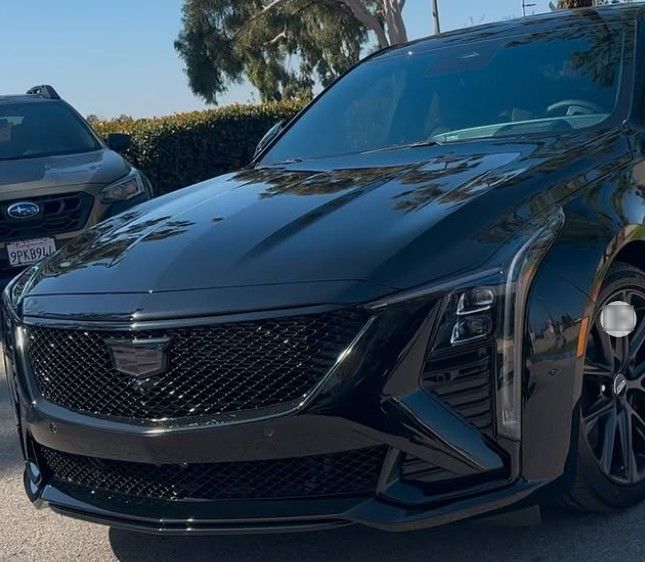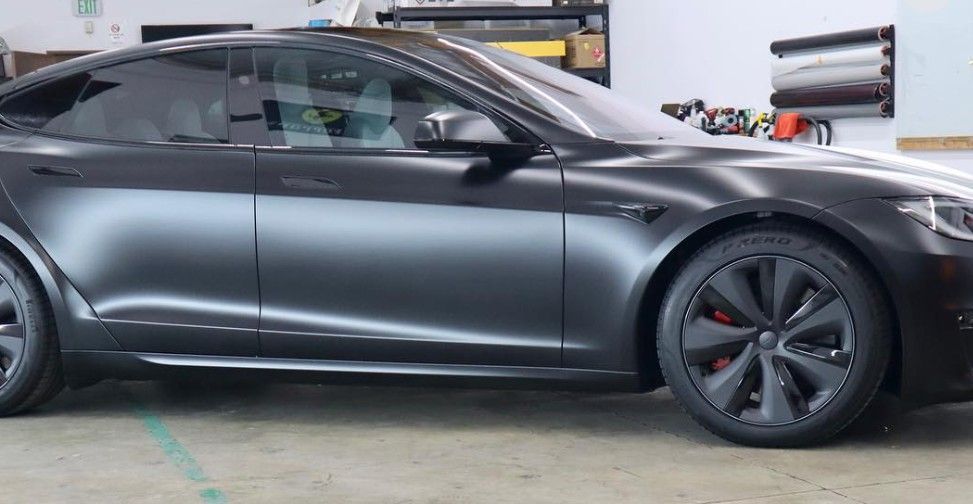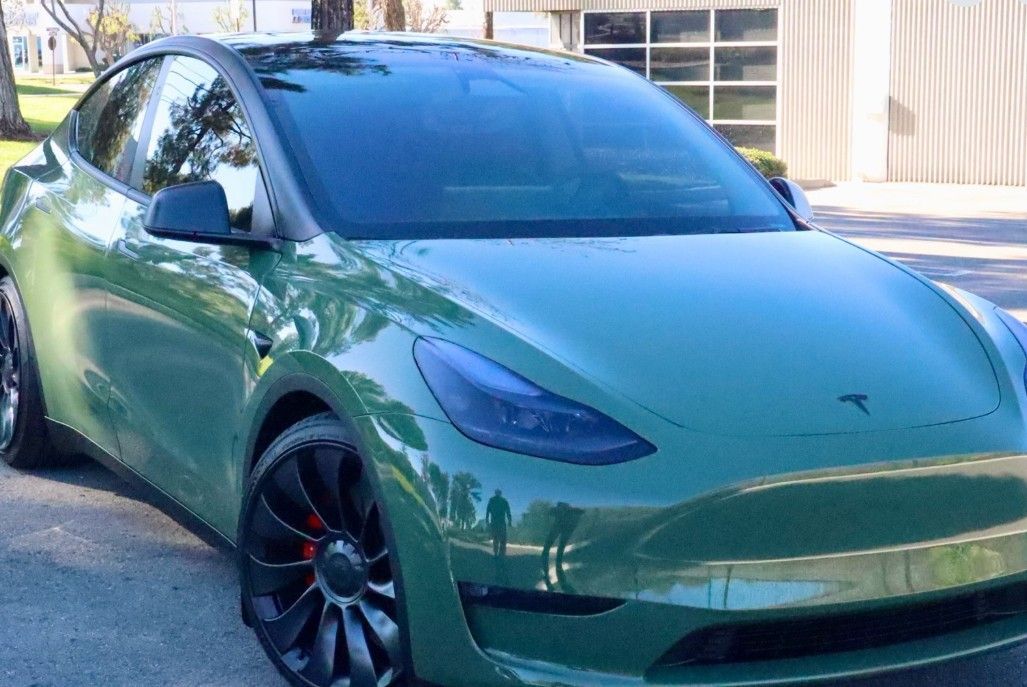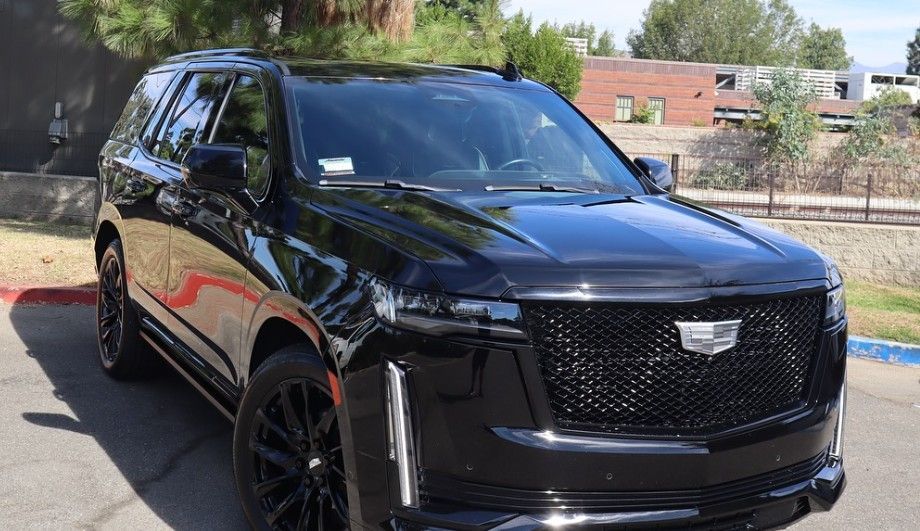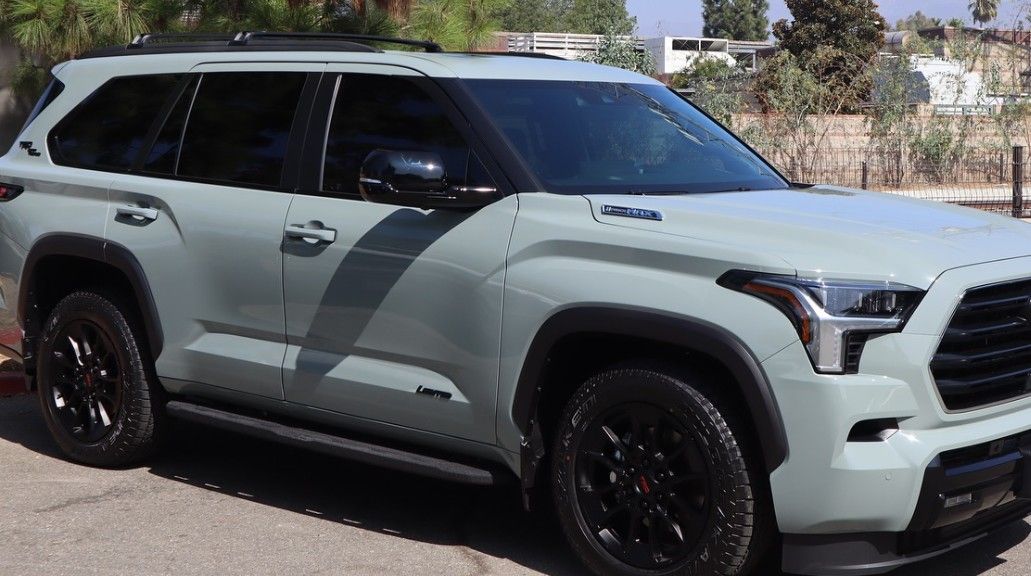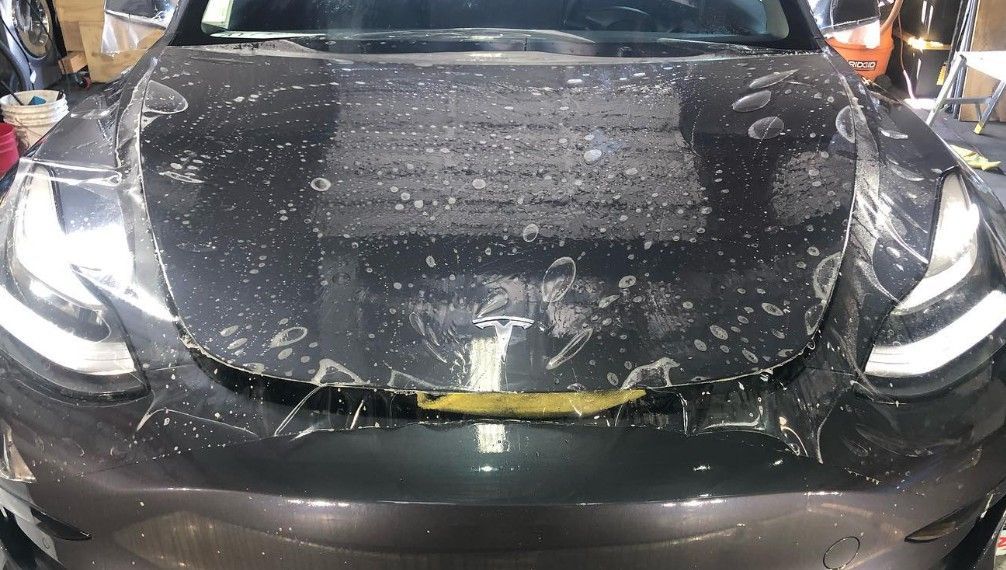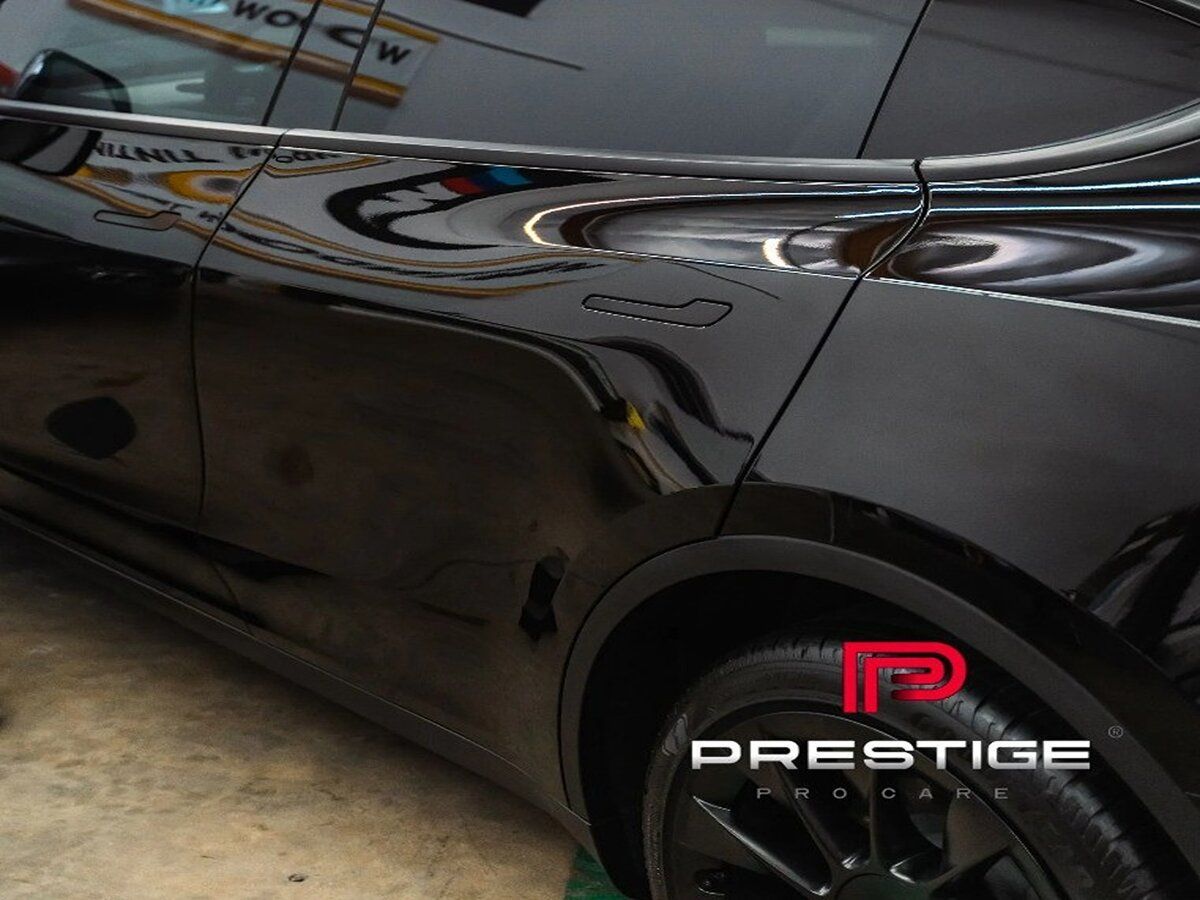The Science Behind Ceramic Coating: How It Protects Your Car
CALL (626) 488-1898
GET A QUOTE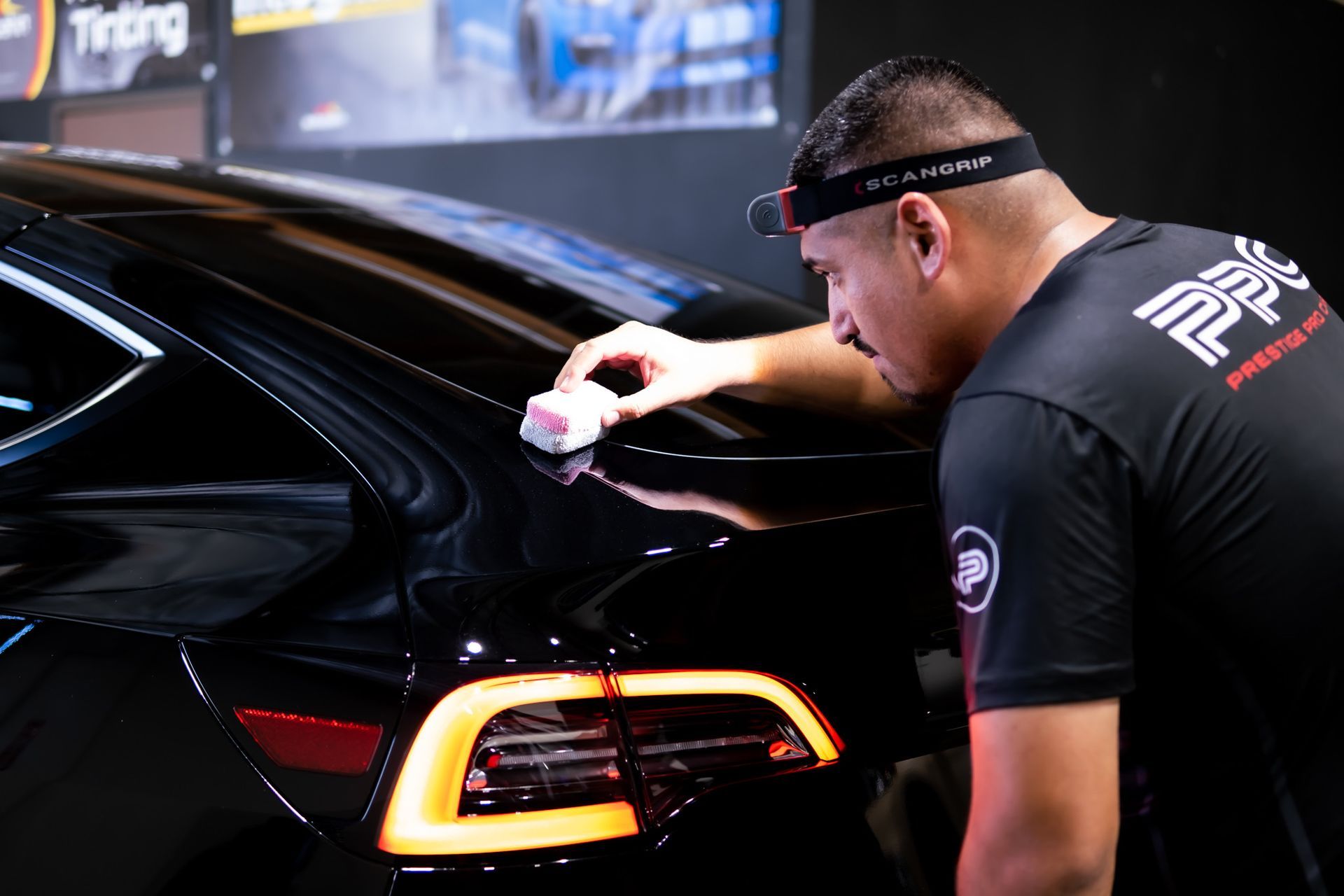
Ever wondered what sets ceramic coating apart from other car protection products? Ceramic coating isn't just another accessory; it's a scientific marvel that adheres to your vehicle's paint, providing unmatched protection and shine. Unlike traditional wax that merely sits on the surface, ceramic coating integrates with the paint itself, offering a more durable defense against environmental hazards.
To understand how it actually works, let's dive deeper into its chemical makeup and application process. Composed of nano-ceramic materials like silicon dioxide and titanium dioxide, this innovative product repels water and contaminants while shielding your car from UV rays. The meticulous research and development behind these coatings ensure long-lasting results, making them a worthy investment for any car enthusiast.
The Basics of Ceramic Coating
At its core, ceramic coating acts as a shield for your car’s paint, defending against harmful elements and environmental damage that would otherwise wear down your car's exterior. Although it starts as a liquid when applied, once cured, it chemically bonds with the original paint surface, granting it incredible strength and resilience. This unique chemical bonding ensures a long-lasting layer of protection, unlike waxes or sealants that degrade over time. Instead of merely sitting on the surface, this coating becomes part of the paint itself, forming a durable shell.
The genius behind ceramic coating lies in the nano-ceramic particles it contains—specifically, silicon dioxide (SiO2) nanoparticles. These tiny materials create a high contact angle with water droplets. effectively repelling water and causing it to bead up and roll off effortlessly. This hydrophobic quality lessens water spots and stains on the surface of your car in addition to making washing simpler.
Think of your car driving through the rain—it’s like magic when the water simply slides right off without leaving any marks. Moreover, when mud splashes onto your car, you'll notice that it doesn't stick as stubbornly as before. This incredible feature saves you time and effort during cleaning while keeping your car looking pristine for longer.
Additionally, ceramic coatings contain titanium dioxide, which provides UV protection by absorbing and dissipating harmful UV rays. This helps preserve the appearance and integrity of your car's paintwork. Zirconium oxide and alumina are additional components that bolster the coating's effectiveness in enhancing durability, resistance against wear, and protection against environmental hazards like road salt.

Chemical Composition Explained
Ceramic coatings are marvels of modern science, harnessing the power of nano-ceramic materials to shield your car with an invisible layer of protection. The primary active ingredients in ceramic coatings are silicon dioxide (SiO2) and titanium dioxide (TiO2).
Silicon Dioxide (SiO2) is the backbone of ceramic coatings, responsible for granting the coating its impressive hardness and hydrophobic properties. It acts as a reliable shield, repelling water and contaminants, ensuring that your vehicle stays cleaner for longer. Because of its hydrophobic properties, water droplets have a high contact angle with it and easily bead up and roll off the surface. This means less water spots, less upkeep, and a clean, sleek appearance.
Titanium dioxide (TiO2), another key component, acts as a protective barrier against the damaging effects of UV rays. When the sun beats down on your car's exterior, it's titanium dioxide that stands guard, absorbing and dissipating harmful UV rays. It prevents paint degradation and color fading, preserving your vehicle's aesthetic appeal for years to come.
These remarkable components work together synergistically to fortify the durability and resilience of ceramic coatings. Zirconium oxide and aluminum are additional compounds that play a vital role in bolstering the protective capabilities of ceramic coatings. They form a sturdy barrier that shields against environmental aggressors like road salt and oxidation, elongating the lifespan of your vehicle's immaculate finish.
Picture ceramic coatings as an invisible force field for your car, powered by a carefully crafted blend of precision-engineered agents. This sophisticated chemical composition offers unparalleled defense against the myriad threats posed by everyday usage and environmental factors.
The Power of Nano-Ceramic Materials
The magic lies in the microscopic scale at which these materials operate. Nano-ceramic particles are incredibly tiny—smaller than what the human eye can see—but their impact is substantial. Their minuscule size allows them to penetrate even the tiniest imperfections in your car's surface, creating a seamless bond with the paintwork.
This bond forms a robust, enduring shield that fortifies your vehicle's exterior against chips and normal wear and tear. Moreover, it creates a protective barrier against environmental pollutants such as acid rain, bird droppings, and tree sap—a crucial defense mechanism in urban and suburban environments where these hazards are commonplace.
Intricate yet powerful, the chemical composition of ceramic coatings represents a triumph of modern materials science. By harnessing the unique strengths of silicon dioxide, titanium dioxide, zirconium oxide, alumina, and other proprietary additives, this advanced solution delivers lasting protection while enhancing the longevity and visual allure of your car's exterior.
Application Process Step-by-Step
So, you've decided to give your car a special treatment with a ceramic coating. It's an excellent decision! Here's how it typically goes down:
Step I: Surface Preparation
Before the magic happens, your car needs a thorough prep session. Think of it like laying the foundation for a house; you want it to be smooth and clean, so everything on top of it looks great. First, give your car a thorough wash and then use clay bars to remove any deeply embedded contaminants like dirt or brake dust.
Step II: Paint Correction
Next up is correcting any imperfections in your car's paint. You want your car looking its absolute best before applying the ceramic coating. This means carefully removing any environmental marks. The idea is to create a perfectly smooth surface, almost like glass.
Step III: Coating application
Now comes the exciting part—applying the ceramic coating itself. This process requires extreme caution and precision. Small areas of the coating should be applied using a microfiber applicator pad. Allow it to bond with the paint for a few minutes. This bonding process is crucial for creating that robust protective layer.
Step IV: The Curing Process
After applying the coating, there's still one more step left—letting it cure. Buff off any excess product and allow the coating to cure for a specified period (usually around 24 hours) in a dust-free environment. This curing time is essential for the coating to fully bond with your car’s surface and reach its maximum strength.
For professional application and peace of mind, consider visiting Prestige Pro Care in San Dimas, CA. Their expertise and meticulous attention to detail can guarantee a flawless application of your ceramic coating, providing your vehicle with long-lasting protection.
By following these meticulous application steps, you'll soon have a vehicle that not only turns heads but also enjoys exceptional protection against environmental damage and wear.
Protective Properties for Your Car
Ceramic coating acts as an additional layer of armor, providing superior protection against the harsh effects of the environment. Here's how it works:
- UV Protection: Over time, the sun's UV rays can gradually erode the paint of your car, leaving it dull and deteriorating. Paint is protected from these damaging UV rays by a strong barrier formed by a ceramic coating, which keeps the paint's natural sheen and color. This means your car keeps looking as vibrant as the day you drove it off the lot.
- Chemical Stain Defense:
The paint on your car can be severely damaged by pollutants such as tree sap, road salts, and bird droppings. The ceramic coating repels these substances, preventing chemical stains from bonding with the paint surface and causing permanent damage.
- Hydrophobic Effect: The hydrophobic nature of ceramic coating is a remarkable feature. This means that water beads up and rolls off the surface effortlessly, carrying away dirt and grime with it. As a result, your vehicle stays cleaner for longer periods of time and becomes easier to clean during regular washes. In addition to saving you time, the decreased requirement for thorough cleaning eventually results in lower maintenance expenses.
- Enhanced Gloss: The protective coating does more for your car than only keep it safe. It also makes it look better. Ceramic coatings enhance the depth and gloss of your vehicle's paintwork, giving it a showroom-quality finish. This glossy effect isn't just for looks—it serves as an added layer of protection.
- Long-term aesthetics: By maintaining the brilliance and vibrancy of your car’s paintwork, ceramic coating helps retain its aesthetic appeal for years to come. This is especially important if you plan on selling or trading your vehicle in the future; maintaining its visual allure can significantly increase its value.
Real-World Benefits for Vehicle Durability
When you coat your car with ceramic protection, it becomes less vulnerable to environmental elements that can severely damage your vehicle's paint job. Bird droppings, tree sap, road salt—these are all formidable foes of your car's bodywork. With the added layer of ceramic coating, these intruders have a much harder time damaging your car's pristine finish.
Studies have shown that cars protected by ceramic coatings demonstrate superior resistance to the corrosive effects of bird droppings and tree sap. It's like giving your car a suit of armor—it's better prepared to repel these attacks.
The benefits go beyond just protecting your car from unsightly stains and dullness. Ceramic coatings also minimize the need for frequent detailing sessions and costly paint corrections in the long run.
This longevity also impacts your car's resale value. Potential buyers are willing to pay more for a vehicle that has been well-maintained, both inside and out. A ceramic coating ensures a well-maintained exterior, demonstrating diligent care to potential buyers. This positively influences the resale price, making it an investment that pays off in more ways than one.
Ceramic coatings offer tangible, long-term benefits for your vehicle's durability—protecting its appearance, reducing maintenance needs, and potentially increasing its resale value. For tailored ceramic coating services that offer these real-world benefits, contact Prestige Pro Care at (626) 488-1898 today!


